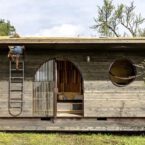
Australian sculptor David Cox has found a remarkable way to grant old pianos a second life, transforming them into magnificent phoenix sculptures that soar with elegance and symbolism. Recognizing the sentimental value attached to these instruments, Cox delicately repurposes their parts into sweeping artworks that honor cherished memories shared around the piano. Inspired by architectural salvage and the recycling of historically significant materials, Cox infuses each sculpture with a profound sense of history and emotional resonance. What began as a creative experiment has evolved into a transformative endeavor, with Cox crafting over 50 phoenix sculptures that captivate viewers and serve as poignant reminders of the enduring power of art to breathe new life into the past.

Each phoenix sculpture Cox creates is a testament to the unique stories and personal experiences associated with the pianos from which they are born. Customized to reflect the individual tastes and memories of their owners, these artworks become cherished centerpieces in homes across Australia. With meticulous attention to detail, Cox ensures that every piece is imbued with its own distinct character and significance, creating a deeply personal connection between the artwork and its owner. As he continues to breathe life into forgotten pianos and evoke emotional responses from those who encounter his creations, Cox’s phoenix sculptures serve as powerful symbols of renewal and transformation in both art and life.









Nagoro, nestled on the eastern shores of Japan’s Shikoku Island, stands as a testament to the ingenuity and heart of one woman, Tsukimi Ayano. As the village’s population dwindled over the years, Tsukimi embarked on a mission to combat the encroaching loneliness by populating Nagoro with lifelike dolls she lovingly crafted herself. What started as a humble effort to protect fields from pests with scarecrows evolved into a remarkable project honoring the departed and breathing life into the village once again. Each of Tsukimi’s creations, fashioned from straw, newspaper, and old clothes, holds a name and a story, carefully cataloged to preserve the memory of those who once walked the streets of Nagoro.

Today, Nagoro has transformed into the “Village of the Dolls,” captivating visitors from around the globe with its surreal yet enchanting ambiance. The meticulous placement of Tsukimi’s creations throughout the village, engaged in everyday activities reminiscent of its former inhabitants, blurs the line between fantasy and reality. As travelers traverse the winding roads of the Iya Valley to reach this remote hamlet, they are greeted by the silent yet expressive gazes of the ‘kakashi’, each one a testament to Tsukimi’s dedication and the enduring spirit of Nagoro. With its annual doll festival drawing enthusiasts and curious wanderers alike, Nagoro has emerged not just as a tourist destination but as a vibrant testament to the resilience and creativity of rural communities in the face of change.





The recent revelation of 7,000-year-old canoes discovered near Rome, within the submerged ancient village of La Marmotta, has ignited a new wave of fascination among archaeologists and historians alike. The unearthing of these ancient vessels, meticulously crafted from single tree trunks using primitive tools and methods, provides profound insights into the maritime capabilities of Neolithic societies in the Mediterranean region. As an international consortium of scholars delves deeper into the findings, a clearer picture of life in this ancient Italian settlement emerges. The discovery not only underscores the remarkable preservation of organic materials under Lake Bracciano’s waters but also highlights the sophisticated craftsmanship and strategic resource utilization of these early seafarers.
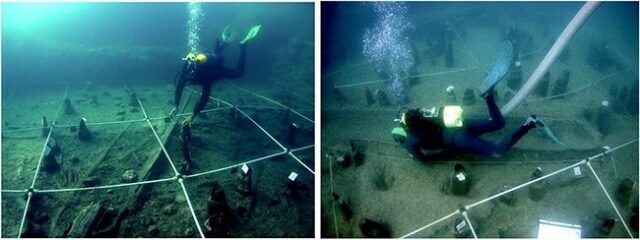
The diversity of wood types used in constructing the canoes suggests a level of sophistication and knowledge among ancient mariners, indicating deliberate choices based on the properties and suitability of each wood species for specific maritime conditions. Radiocarbon dating places the age of these vessels between 5700 and 5100 BCE, making them the oldest known Neolithic boats in the Mediterranean. This revelation reshaped our understanding of ancient trade networks and maritime technology, suggesting that Neolithic societies were not only capable of long-distance navigation but also possessed the social organization necessary to support specialized craftsmanship. As La Marmotta continues to unveil its secrets, it offers a profound glimpse into the interconnectedness and ingenuity of early human societies, sparking a reevaluation of our perceptions of Neolithic communities and their maritime endeavors.
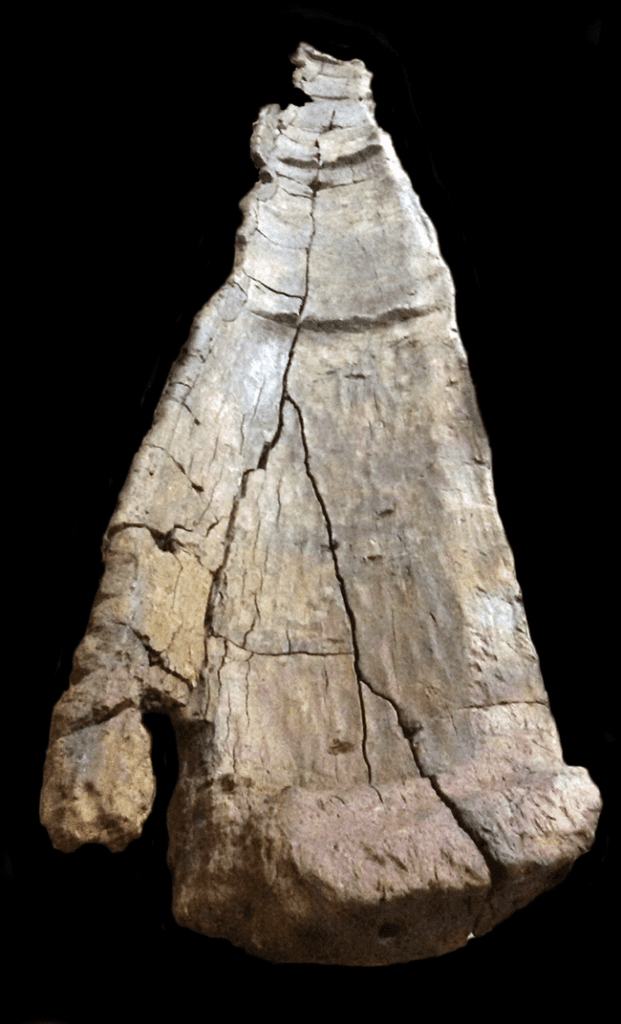
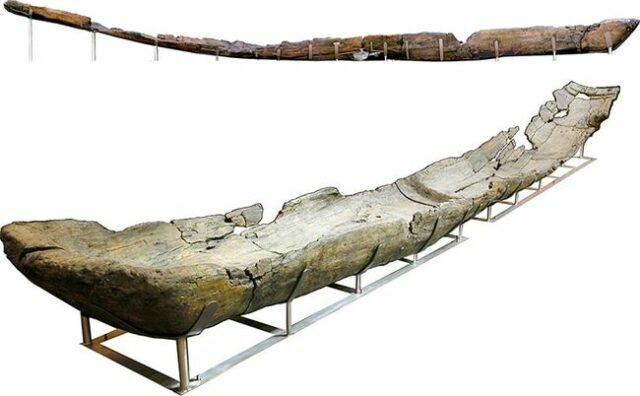


Nestled amidst the verdant landscape of the Pacific Northwest, the Longbranch House by mwworks stands as a testament to architectural ingenuity and a deep reverence for nature. Situated on the Key Peninsula in Washington state, this residence emerges from a once-neglected plot of land, transforming it into a serene sanctuary seamlessly integrated with its surroundings. Inspired by the clients’ profound connection to the area, forged over decades of cherished memories at a nearby beach cabin, mwworks embarked on a mission to craft a home that not only accommodates their needs but also pays homage to the pristine beauty of the Pacific Northwest woods. Eschewing ostentation in favor of understated elegance, the Longbranch House is a masterful blend of form and function, where every architectural element serves to enhance rather than detract from the natural environment.

Employing meticulous design strategies, mwworks minimized disruption to the existing ecosystem, embracing towering fir trees as integral elements of the composition. The result is a harmonious coexistence between the man-made structure and the untamed wilderness that surrounds it. Stepping into the Longbranch House, one is immediately greeted by sweeping views of rolling meadows and the tranquil Case Inlet beyond, courtesy of an open floor plan that seamlessly integrates indoor and outdoor spaces. Materials carefully selected to mirror the earthy tones of the landscape further blur the boundaries between inside and out, creating a sense of unity with nature that permeates every corner of the home. As sunlight filters through delicately framed windows and dances across rough concrete walls, a profound sense of tranquility washes over inhabitants and visitors alike, reaffirming the profound connection between built space and the awe-inspiring beauty of the natural world.






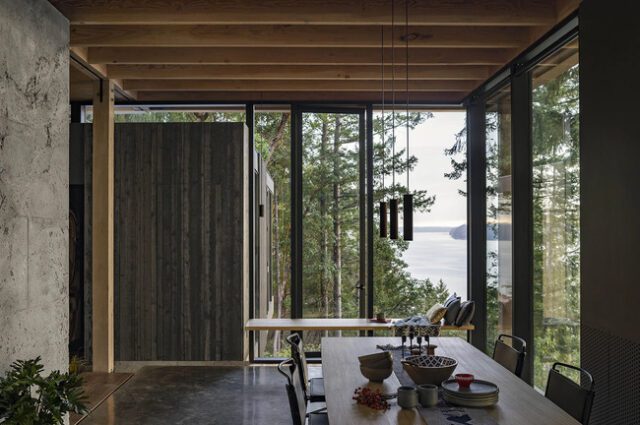



British photographer Paul Goldstein embarked on a daring expedition into Canada’s icy heartlands, braving bone-chilling temperatures of minus-35 degrees Celsius to capture a series of mesmerizing images of a moonrise over the rugged terrain of Nunavut province. Bundled in layers against the biting cold, Goldstein trekked into the frigid wilderness, where the moon hovers low on the horizon, barely dipping below even in the darkest hours of winter. Despite the harsh conditions, Goldstein’s passion for photography and nature drove him onward, joined by a select few who ventured out to witness and immortalize the beauty of the frozen landscape.

As the sun kissed the frosty landscape, casting a soft glow over the snow-covered fjords, Goldstein found himself transfixed by the ethereal sight unfolding before him. With each step, the numbing cold penetrated his layers of clothing, serving as a stark reminder of the challenges faced by those who once traversed these unforgiving lands without the luxuries of modern equipment. Yet, amidst the biting cold and isolation, Goldstein remained undeterred, his lens capturing the serene grandeur of the moon hanging low in the sky, its icy glow mirrored in the frozen expanse below. In this timeless moment, Goldstein found solace and inspiration, humbled by the resilience of those who came before him and the enduring beauty of the natural world.

Archaeologists are delving into the depths of prehistory with an unlikely tool: ancient hazelnuts. A team from Oxford University has pioneered a method to glean insights into prehistoric woodlands by analyzing well-preserved hazelnut shells. By examining the carbon quantities within these shells, scientists can unravel the mysteries of ancient habitats. The research not only reveals the ecological makeup of bygone landscapes but also sheds light on human influence over millennia.

In their study, the team collected hazelnuts from trees thriving in different light conditions across southern Sweden. By correlating carbon values with light exposure, they established a method to discern the environmental settings in which these hazelnuts grew. Applying this technique to hazelnut shells from archaeological sites spanning the Mesolithic to the Iron Age, the researchers uncovered a fascinating narrative of environmental evolution. They found that as human activities progressed over time, the landscapes transformed, reflected in the shifting patterns of hazelnut procurement from closed woodland environments in the Mesolithic to open areas by the Iron Age. This innovative approach promises to deepen our understanding of ancient ecosystems and human interactions with them, offering a nuanced perspective on the intricate relationship between past societies and their environments.

The Lang House, nestled in suburban Melbourne and aptly named for its Chinese translation of “pretty,” stands as a testament to innovative architectural design by Australia’s Austin Maynard Architects. At first glance, its unassuming boxy exterior might not command attention, but step inside and discover a world of intelligent spatial planning and natural luminosity. Clad in equitone cement fiber panels for durability, the exterior belies the warmth and light-filled interior that awaits within its 2,700 square feet. The layout is a masterclass in maximizing space, with concealed guest quarters featuring a versatile Murphy bed and cleverly integrated storage solutions. The heart of the home lies in its centrally positioned kitchen, seamlessly connecting to two verdant gardens that infuse the space with fresh air and daylight. Upstairs, a thoughtfully designed layout includes three bedrooms, a sunken bathtub bathroom, and a multipurpose room doubling as a playful haven for the owner’s children. This residence epitomizes the fusion of pragmatism and creativity, fulfilling the owners’ desire for a home free from traditional hallways and corridors while embracing sustainability and architectural flair.

Beyond its aesthetically pleasing facade and functional interior, The Lang House embodies a commitment to eco-conscious living. A 7-kW solar power system adorns the roof, complemented by a Huawei battery to harness and store renewable energy. The home’s orientation optimizes solar gain, utilizing winter sun to naturally warm the interior, supplemented by underfloor heating for added comfort during colder months. Embracing the future of transportation, an electric car charging hookup stands ready to power sustainable journeys. The Lang House stands as a beacon of environmentally conscious design, marrying modern comforts with responsible energy practices. Through meticulous planning and innovative solutions, Austin Maynard Architects has crafted not just a dwelling, but a sustainable sanctuary for its inhabitants to thrive within.




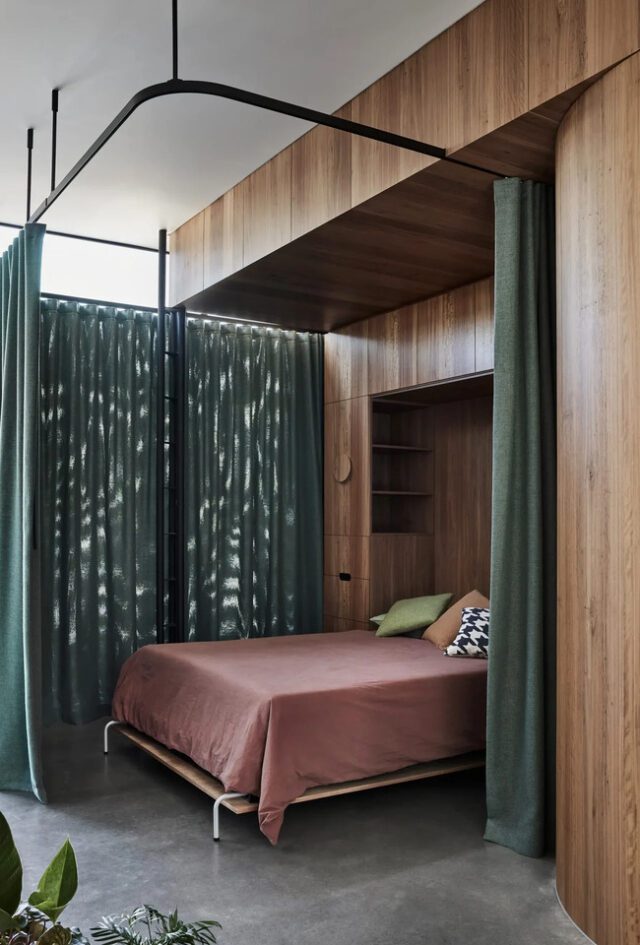



The 6-in-1 Titanium Multitool, aptly named the JOAT (Jack Of All Trades), revolutionizes the concept of everyday carry gear. Crafted from durable titanium and featuring modular elements that stack together magnetically, the JOAT is designed to be the ultimate companion for any tactical, outdoor, or emergency scenario. This thumb-sized multitool boasts an impressive array of functionalities including a fold-out scalpel blade, hex-wrench set, pry-bar, portable saw, magnetic screw-bit holder, and a bottle opener, all conveniently packed into a compact form factor that easily fits on your keychain. Unlike traditional multitools that prioritize cramming multiple tools into a single bulky unit, the JOAT’s magnetic modules allow for effortless customization and individual tool usage, ensuring versatility without sacrificing practicality.

One of the standout features of the JOAT is its removable/replaceable scalpel blade, providing users with an exceptionally sharp cutting edge suitable for various tasks ranging from outdoor activities to potential self-defense situations. The inclusion of a bit driver and holder, along with a selection of hex wrenches and a pry tool, further enhances the utility of this multitool, making it indispensable in tackling unexpected challenges. With its compact size, robust construction, and customizable functionality, the JOAT sets a new standard for everyday carry tools, offering peace of mind and preparedness in any situation. Whether you’re a survivalist, outdoor enthusiast, or simply someone who values practicality and versatility, the JOAT is poised to become an essential addition to your everyday carry arsenal.





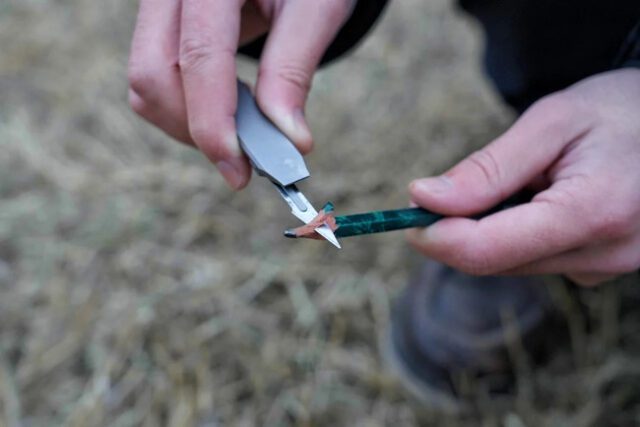



The Infanta 4×4 Inkunzi camper, built upon the sturdy foundation of the Toyota Land Cruiser chassis, epitomizes the spirit of adventure and off-grid living. Crafted with precision and ingenuity in South Africa, this camper cruiser seamlessly blends ruggedness with sophistication. When closed, it appears as just another vehicle ready to traverse the untamed terrains, but with a simple push of a button, its wings unfurl to reveal a cozy sanctuary designed for the intrepid explorer. Embodying the resilience and strength of its namesake, the Inkunzi camper is meticulously constructed from composite aerospace pre-impregnated fiber, ensuring durability without compromising on mobility. Weighing in at 644 kg when fully loaded with accessories, its compact 9.8-foot-long body houses a wealth of amenities to enhance the off-road living experience.

Designed for maximum functionality and convenience, the Inkunzi camper boasts an array of innovative features tailored to adventurers’ needs. Every aspect of the camper is thoughtfully designed from the electric pop-up roof that provides ample headroom to the strategically placed hatches housing a well-equipped kitchen and a comfortable bed. The interior space is cleverly utilized, with sliding and folding mechanisms enabling quick and effortless setup in just two minutes. Inside, a spacious bedroom cabin slides out from the main body, complete with storage cubbies and a cozy bed, while the kitchen extends along the passenger side, offering a two-stove burner, a fridge, and ample storage for cookware and utensils. Equipped with essential off-grid amenities such as a water heater, battery charger, and optional solar panels, the Inkunzi camper ensures a self-sufficient and comfortable journey into the wilderness. Priced starting at R524,000, with the option to customize with a 270-degree awning for additional outdoor space, the Infanta 4×4 Inkunzi camper redefines off-roading luxury, promising unforgettable adventures for those bold enough to embark on them.



























































































